Hey there! Ready to dive into the world of technical interviews? Well, you're probably already up to your elbows in coding challenges and brushing up on your tech knowledge. But let me let you in on a little secret: there's something else that can really give you an edge in these interviews. And no, it's not about coding faster or knowing every algorithm by heart. It's about mastering the art of active listening.
Think about it. When you're in an interview, it's not just a test of your technical skills. It's a conversation, a two-way street. Active listening is what turns this from a Q&A session into a meaningful dialogue. It's about fully tuning in to what the interviewer is saying, understanding the nuances of their questions, and showing that you're not just processing information but really engaging with it. This skill is a game-changer – it shows you're not just a great coder, but someone who's an ace communicator as well.
In the next few sections, we're going to unpack what active listening really means, why it's your secret weapon in technical interviews, and how you can sharpen this skill. Trust me, it's going to make your interview experience a whole lot more rewarding!
The Essence of Active Listening
Now, let's get down to the nitty-gritty of what active listening really entails. It's not just about not zoning out or nodding along to what the interviewer says. Active listening is like being a detective – you're not just hearing words, you're deciphering the clues hidden in those words.
First up, active listening is all about engagement. It's the difference between just catching the words and actually catching the meaning behind them. When you're actively listening, you're processing each word, considering why the interviewer is asking this specific question, and what they’re looking to find out from your answer.
But why is this so crucial? Well, in technical interviews, every question is a window into what your interviewer is thinking. They might be testing not just your technical know-how, but how you approach problems, how you handle pressure, or how you think on your feet. By actively listening, you get a clearer picture of what they’re really asking, which means you can tailor your answers more effectively.
Plus, let's not forget about the human side of interviews. Active listening shows that you’re not just there to pass a test. You’re there to engage, to communicate, and to connect. It’s about showing that you’re someone who values the conversation and is genuinely interested in the discussion. This kind of interaction can leave a lasting positive impression, which is gold in an interview setting.
Benefits of Active Listening in Interviews
Build Rapport: Ever heard the saying, "It's not what you say, it's how you say it"? That's rapport in a nutshell. Active listening helps build a connection with the interviewer. It's about showing them you're not just another candidate; you're someone who's genuinely engaged and interested. This can turn the whole interview into a more positive and enjoyable experience for both of you.
Avoid Misunderstandings: Misunderstandings in technical interviews are like hitting a wrong note in a melody – they can throw off the whole tune. By actively listening, you ensure you fully grasp the problem and the requirements, drastically reducing the likelihood of heading down the wrong path.
Showcase Your Skills: Here's where you shine! Active listening highlights your ability to understand complex issues and communicate effectively. It's not just about finding the right solution; it's about demonstrating how you approach problem-solving, a key trait for any tech professional.
Practical Tips to Enhance Active Listening Skills
- Clarify and Confirm: Don't be shy to ask follow-up questions. It shows you're paying attention and want to get it right.
- Summarize the Problem: Before diving in, echo the problem back in your own words. It's a great way to show you've understood and are on the right track.
- Effective Note-Taking: Jotting down key points helps keep track of the essentials. It's like leaving breadcrumbs to guide your thought process.
- Non-Verbal Cues: Nods, smiles, and eye contact (yes, even on Zoom!) show you're engaged. It's the silent language of active listening.
- Feedback Loop: After presenting a solution, ask for feedback. It demonstrates your interest in aligning with the interviewer's perspective.
- Verbalize Your Thought Process: Share your thoughts as you solve the problem. It's okay to pause and think aloud – it shows your analytical process in real-time.
So, there you have it! In your next technical interview, remember it's not just about the solutions you pitch, but also about how attentively you listen and respond. Active listening is a skill that can truly set you apart from the crowd. It takes practice, but the payoff is immense – not just in interviews, but in your overall communication skills as a tech professional.
Embrace these tips, practice them, and watch how they transform your interview experiences. Remember, every interview is a learning opportunity, and active listening is your key to making the most of it. Good luck, and here's to acing your next technical interview!

